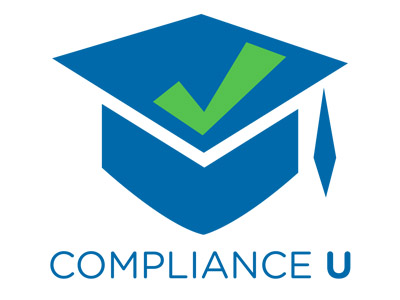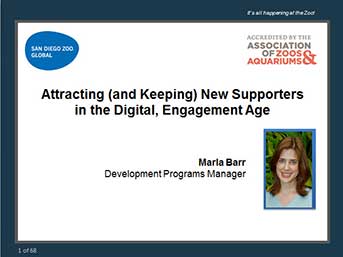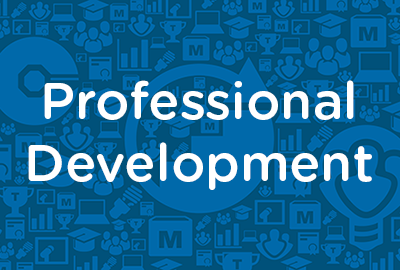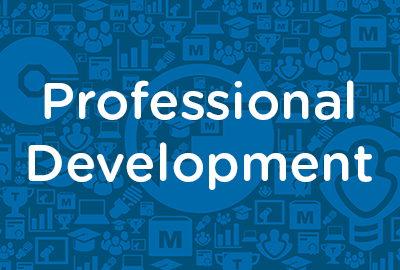 |
Saving the Tuatara: Habitat Restoration on Stephens Island, New Zealand |
1.00 |
The Tuatara, a prehistoric reptile from New Zealand, often considered to be a "Living Fossil," is making a comeback. Long extinct from the mainland and now only found on a few islands, the Tuatara is getting help. In this presentation we go to Stephens Island, New Zealand to take part in a 10 day re-vegetation project aimed at providing Tuataras with an ideal habitat for the future. Stephens Island is home to over half of the world's Tuatara population. It is an amazing island, fitting for an amazing creature. |
 |
Equal Opportunity 101 (Corrections) |
0.17 |
The U.S. Department of Labor Civil Rights Center is committed to providing clear and easy-to-access information on how to comply with federal equal opportunity and nondiscrimination laws and regulations that (1) prohibit discrimination in DOL-funded programs and activities, and (2) prohibit discrimination on the basis of disability by certain public entities and in DOL-conducted activities. This course is a brief overview on equal opportunity rights. |
 |
Video Analysis: Activities and Events |
1.00 |
The video-data for your inquiry project has been collected, now what? Testing your hypothesis is usually a dance, back and forth between the "ideal" and "reality-check". Listen to a research team decide how they will analyze video-data to extract just the information needed to focus on the inquiry questions. The first step is to sort video clips by activity categories, then score each clip using a recording protocol defined in terms of counting behavioral events and/or time sampling of activity states. |
 |
Careers Without College |
1.00 |
There are many different ways to be successful in life. What might be the right career path for some may not be the right choice for you. Finding your niche is important. When selecting the right career path, it’s important to weigh all of your options. In this course, we will explore a wide range of careers available to anyone with various skills and a high school education.
|
 |
Attracting (and Keeping) New Supporters in the Digital, Engagement Age |
1.00 |
There are more non-profits in the market every day, but less donors. Is this a recipe for disaster, or an opportunity for us to transform what donor acquisition, retention and stewardship look like in our digital age? Join us during this 60 minute webinar to learn what innovative donor engagement in 2013 looks like by walking through some of the San Diego Zoo Global's recent digital campaign hits and misses to see how you can help your organization rise above this changing donor landscape. |
 |
Anti-Discrimination Law: A Primer for Small Businesses |
0.75 |
There are multiple federal laws regarding discrimination in the workplace.
Beginning with the Civil Rights Act of 1964, the U.S. Congress has passed a number of laws to address various forms of discrimination. The Fair Housing Act of 1968, for example, prohibited discrimination concerning the sale, rental, and financing of housing based on race, religion, national origin, sex, (and as amended) handicap (later called disability), and family status. In 1990, the Americans With Disabilities Act (ADA) was passed to protect the rights of individuals who are differently enabled, physically or mentally. Other laws, or amendments made to existing laws, provided further protections for people with disabilities, workers over the age of 40, and LGBTQ+ individuals, among others.
The purpose of this course, however, is not to give a history lesson on U.S. anti-discrimination law but to focus on how those laws apply today to small businesses, their employees, and their customers. |
 |
Cross-Cultural Business Communication: Overcoming Communication Barriers |
1.00 |
There are several barriers that can affect cross-cultural communication. Generally, barriers have a negative effect on communication because they might distort the speaker’s message or the listener’s understanding. It is important to understand these barriers to communicate effectively with people from different cultures.
In this course you will learn to: identify common cross-cultural communication barriers, overcome communication barriers and avoid cultural bias, and employ qualified interpreters and communicate through them. |
 |
Cross-Cultural Business Communication: Overcoming Communication Barriers (Instructor Guide) |
1.00 |
There are several barriers that can affect cross-cultural communication. Generally, barriers have a negative effect on communication because they might distort the speaker’s message or the listener’s understanding. It is important to understand these barriers to communicate effectively with people from different cultures.
In this course you will learn to: identify common cross-cultural communication barriers, overcome communication barriers and avoid cultural bias, and employ qualified interpreters and communicate through them.
This Instructor's Edition of this course includes notes and suggestions to assist you in presenting the material, whether in an in-person classroom setting, or as an instructor-led online or distance-learning course. It also provides you with the answers to questions found in mid-lesson activities, as well as in the quiz that concludes the course. |
 |
Lifting and Moving—Lesson 1 |
0.50 |
There are several disciplines of healthcare that require proficiency in lifting and moving. Prehosital medicine and fire-service-related rescue requires a proficiency in this area that is beyond any other area of healthcare. Our team of experts discuss the challenges that we face in our community. In this first session of the series, we explore the mindset and preparation that must take place in order to achieve success.
Final Exam:This multiple choice exam is designed to test your knowledge of the material you just reviewed. You have two attempts to gain a 70% or higher on this exam. Please take your time and answer each question carefully. |
 |
E-Mail Etiquette: E-Mail Policies |
0.75 |
There is an unprecedented amount of documented information available today. An offensive or improper e-mail sent to one person can be copied and sent to many users. It’s important that employees familiarize themselves with and follow their organization’s e-mail policy because employers can be held liable for employee e-mail use. |











